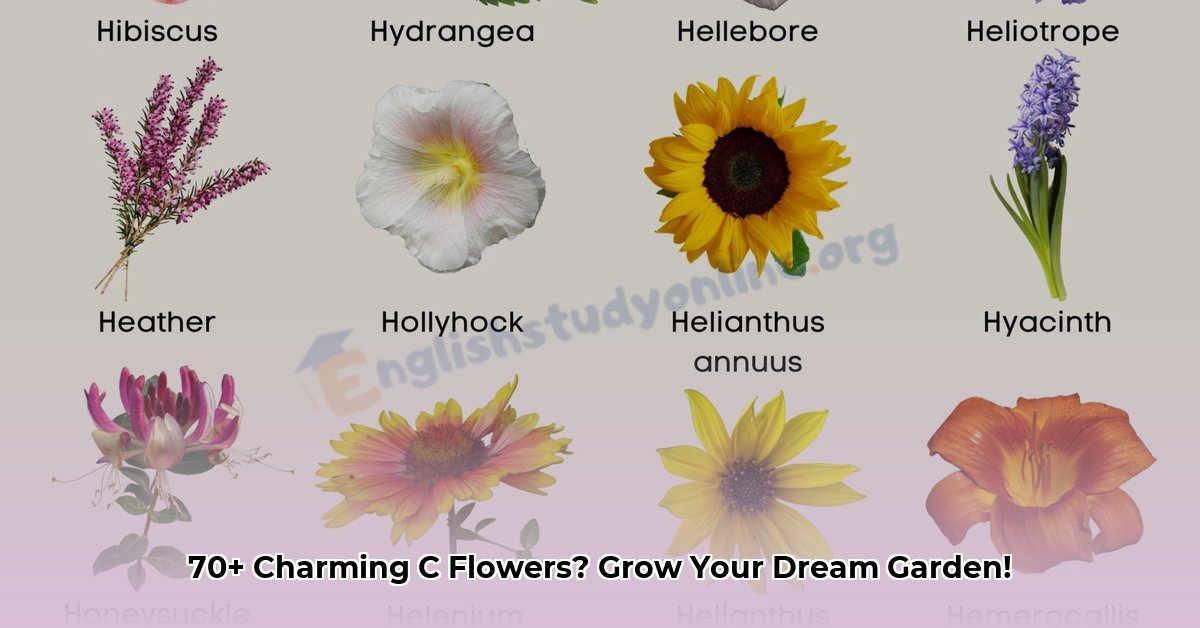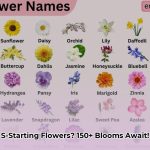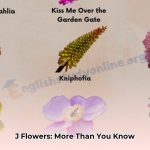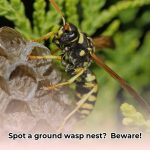Captivating “C” Flowers: A Colorful Collection
This list explores a delightful array of flowers starting with “C,” offering insights into their characteristics and simple growing tips. Whether you’re a seasoned gardener or just beginning, you’re likely to discover new favorites among these charming blooms.
Calla Lily (Zantedeschia aethiopica)
The elegant Calla Lily, with its graceful, trumpet-shaped blossoms, isn’t a true lily! Native to southern Africa, this perennial thrives in consistently moist environments. Picture them flourishing near a pond or in a bog garden. While they appreciate sunlight, some shade during the hottest part of the day helps maintain vibrant blooms. Calla Lilies are also favored for cut flower arrangements.
Calendula (Calendula officinalis)
Commonly known as pot marigold, Calendula brightens any garden with cheerful orange and yellow flowers. Remarkably easy to grow from seed, these annuals bloom profusely throughout summer, especially with regular deadheading. Interestingly, Calendula petals are edible, adding a peppery zest to salads.
Camellia (Camellia japonica)
Camellias, with their exquisite blooms, bring elegance to the winter landscape. These evergreen shrubs prefer slightly acidic soil and partial shade. Their flowers range from pristine white to deep reds and variegated varieties. In colder climates, some protection from harsh winter winds may be necessary.
Campanula (Bellflower)
Bellflowers, belonging to the Campanula genus, enchant with their delicate, bell-shaped blossoms. From low-growing varieties like Campanula carpatica, ideal for rock gardens, to taller species like Campanula persicifolia that grace borders, most Campanulas are perennials, returning yearly.
Candytuft (Iberis sempervirens)
For low-maintenance groundcover, consider Candytuft. This evergreen perennial boasts masses of small, white flowers. Thriving in full sun and well-drained soil, it’s remarkably drought-tolerant.
Canna (Canna species)
Cannas introduce tropical flair with bold foliage and vibrant flowers ranging from fiery reds and oranges to sunny yellows and pinks. These rhizomatous plants thrive in consistently moist soil and a sunny location. In colder climates, they are often treated as annuals or their rhizomes are overwintered indoors.
Carnation (Dianthus caryophyllus)
A classic for a reason, Carnations are often associated with love. Their fragrant blooms are popular for bouquets. While often grown as annuals, they can be perennial in warmer regions. Regular deadheading promotes continuous blooming. Carnations are available in a wide spectrum of colors.
Catmint (Nepeta x faassenii)
Catmint attracts cats, but also pollinators like bees and butterflies. Its lavender-blue flowers and grayish-green foliage add texture to the garden. This low-maintenance perennial thrives in full sun and well-drained soil.
Celosia (Celosia species)
For whimsy, consider Celosia. Its unique flower shapes, resembling plumes, combs, or even brains, are conversation starters. These annuals thrive in warm, sunny conditions.
Centaurea (Centaurea species)
Centaurea includes the vibrant Cornflower (Centaurea cyanus) and the striking Mountain Bluet (Centaurea montana). These hardy annuals and perennials are easy to grow and attract butterflies.
Clematis (Clematis species)
Climbing Clematis transforms fences or trellises into cascades of flowers. From large-flowered hybrids to delicate species, Clematis vines offer a dazzling array of colors and shapes. Pruning needs vary by variety; research is advisable.
Coreopsis (Coreopsis species)
With cheerful, daisy-like blooms, Coreopsis attracts butterflies and beneficial insects. These easy-to-grow annuals and perennials come in shades of yellow, orange, and red, making them valuable additions to pollinator gardens.
Cosmos (Cosmos bipinnatus)
Cosmos adds airy elegance with delicate, feathery foliage and vibrant blooms. These easy-to-grow annuals come in various colors, from white and pastels to deep pinks and crimsons. They are excellent cut flowers.
Crown Imperial (Fritillaria imperialis)
Making a grand statement in spring, the stately Crown Imperial features bell-shaped flowers topped with leafy bracts. These bulbous perennials require well-drained soil and full sun to partial shade.
Clarkia (Clarkia amoena)
Also known as Farewell-to-Spring, Clarkia offers delicate, cup-shaped flowers in shades of pink, purple, and white. This easy-to-grow annual prefers full sun and well-drained soil. It adds a touch of wildflower charm to gardens.
Cockscomb (Celosia cristata)
With its unique, crested blooms resembling a rooster’s comb, Cockscomb adds texture and visual interest. This heat-loving annual thrives in full sun and well-drained soil, and comes in a variety of vibrant colors.
Columbine (Aquilegia species)
Columbine’s bell-shaped flowers with distinctive spurs are a favorite of hummingbirds. These perennials prefer partial shade and well-drained soil, and come in a variety of colors, including bi-colors.
Coneflower (Echinacea species)
Coneflowers are daisy-like flowers with prominent central cones. These drought-tolerant perennials thrive in full sun and attract pollinators. They are also known for their potential medicinal properties.
Growing “C” Flowers: Essential Tips
Many “C” flowers share similar preferences: well-drained soil, full sun (though some, like Camellias, prefer partial shade), and regular watering, especially during dry periods. Deadheading encourages more flowers. For perennials, dividing every few years maintains vigor.
| Flower | Sunlight | Soil | Watering | Other |
|---|---|---|---|---|
| Calla Lily | Partial Shade | Moist | Regular | Fertilize regularly |
| Calendula | Full Sun | Well-Drained | Moderate | Deadhead |
| Camellia | Partial Shade | Acidic | Regular | Acidic fertilizer |
| Candytuft | Full Sun | Well-Drained | Minimal | Drought-tolerant |
| Carnation | Full Sun | Well-Drained | Moderate | Deadhead |
| Celosia | Full Sun | Well-Drained | Regular | Heat-loving |
| Clematis | Full Sun | Well-Drained | Moderate | Support needed |
| Cockscomb | Full Sun | Well-Drained | Regular | Heat-loving |
| Columbine | Partial Shade | Well-Drained | Moderate | Attracts hummingbirds |
| Coneflower | Full Sun | Well-Drained | Moderate | Drought-tolerant |
| Coreopsis | Full Sun | Well-Drained | Moderate | Attracts butterflies |
| Cosmos | Full Sun | Well-Drained | Moderate | Deadhead |
| Crown Imperial | Full Sun to Partial Shade | Well-Drained | Moderate | Plant bulbs in fall |
| Clarkia | Full Sun | Well-Drained | Moderate | Self-sows |
This chart provides general guidelines; specific needs may vary. Factors like your local climate and the particular variety can influence these requirements. Further research on your chosen “C” flower is encouraged. Horticultural knowledge is constantly evolving, so staying updated is beneficial.
Common “C” Flower FAQs
| Question | Answer |
|---|---|
| Easy “C” flowers for beginners? | Calendula, Cosmos, Candytuft |
| “C” flowers that attract pollinators? | Cosmos, Calendula, Catmint, Coreopsis, Coneflower, Columbine |
| Fragrant “C” flowers? | Some Camellias, Carnations, Candytuft |
| “C” flowers that bloom in winter? | Camellias |
| What is deadheading and why is it important? | Deadheading is removing spent blooms. It encourages the plant to produce more flowers rather than setting seed. |
| Can I grow “C” flowers in containers? | Many “C” flowers, especially annuals like Calendula and Cosmos, thrive in containers. Choose a container with adequate drainage and use a good quality potting mix. |
| Where can I learn more about specific “C” flowers? | Reputable online resources such as the Royal Horticultural Society and Missouri Botanical Garden provide detailed information. Local garden centers and nurseries can also offer valuable advice. |
This FAQ offers quick answers, but remember—the world of flowers is vast. Continual exploration and learning enhance your gardening experience. Happy gardening!
- Grass Forever in Livermore: Your Guide to Artificial Turf - April 22, 2025
- German Roaches vs. American Roaches: Key Differences and Control - April 22, 2025
- 150+ Flowers That Start With S: A Comprehensive Guide - April 22, 2025










